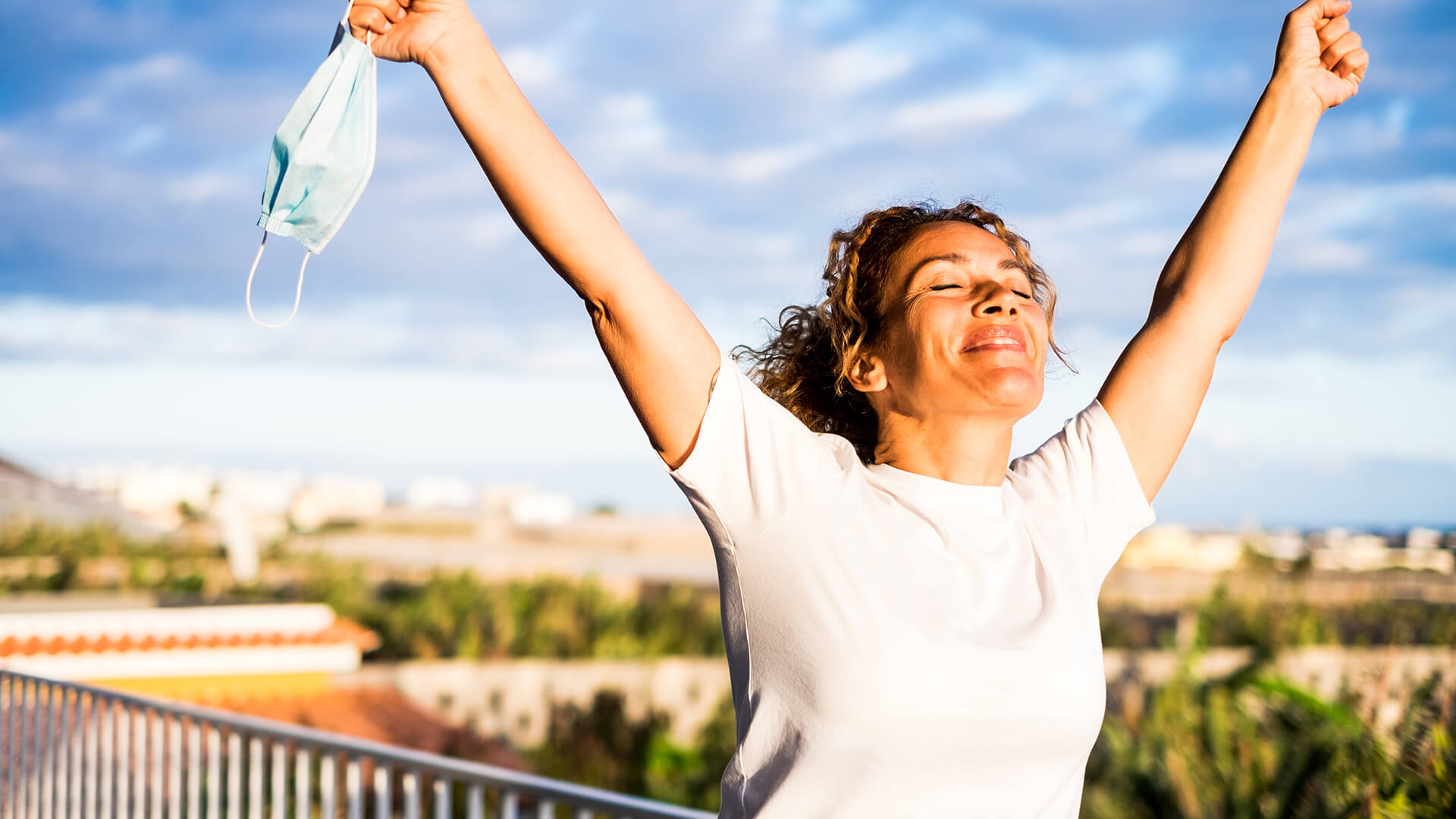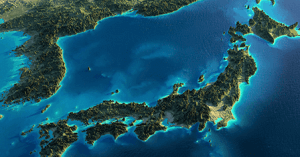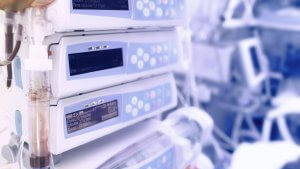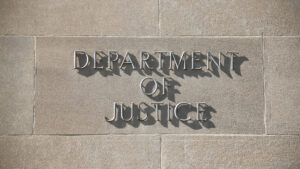The Ministry of Health has today announced that there are no active cases of COVID-19 in New Zealand.
The final coronavirus patient has been symptom free for 48 hours and is regarded as recovered. This makes New Zealand the first significantly affected country in the world to have no active cases on record. The news comes three months after the country reported its first case, and while Cabinet meets to decide the timeline for moving to Alert Level 1.
The SMC asked experts to comment on this milestone and the upcoming decision on Alert Level 1.
Dr Amanda Kvalsvig, Senior Research Fellow, Department of Public Health, University of Otago, Wellington, comments:
No active cases:
“This is welcome news, and it’s an opportunity to reflect on the good work that is being done to control COVID-19 in Aotearoa. For the person who’s recovered, moving from ‘active’ to ‘recovered’ status means that they’ve had no symptoms for 48 hours. I’m sure that’s a relief, and I’m pleased for them.
“However, having no active cases isn’t really a meaningful landmark for pandemic control. The numbers of ‘active’ and ‘recovered’ cases don’t tell us how many people are still infectious, and don’t answer the really important question which is whether there is still virus circulating in the population. If we continue to find no new cases despite ongoing testing, that’s much more informative and so far the results are encouraging.
“Something else to be aware of is that the official definition of recovery from COVID-19 and the reality of the recovery process can be quite different. People recovering from COVID-19 infection are reporting a variety of concerns ranging from feeling unusually tired to more serious postviral complications. True recovery in the sense of feeling completely back to normal may take much longer than expected and this issue will need attention in the weeks and months to come.”
The move to level 1:
“If we do get further outbreaks of COVID-19, the most likely source will be new infections being introduced into the country as we open up the borders. We’ll need strict border controls for a long time to come, but no control measure is 100% effective and we can’t rely entirely on border measures to keep safe.
“Our new normal at Level 1 will still include meticulous handwashing and cough etiquette, staying home if feeling unwell, testing and contact tracing. Level 1 might include some new measures as well. There’s increasingly strong evidence of the value of face coverings (non-medical masks) to prevent people who are infectious but have no symptoms from unknowingly spreading the virus. An obvious use for face coverings in Level 1 is on international flights to give additional border protection.
“Masks also have potential value on trains and buses and in other closed settings where physical distancing is difficult to achieve. GP waiting rooms are another example of that type of setting, perhaps especially there because people are unwell and there’s a higher risk of someone in the room being infectious. How best to use face coverings in these situations is a conversation we should be having urgently as part of our preparation for a safe Level 1.”
Professor Michael Baker, Professor of Public Health, University of Otago, Wellington, comments:
No active cases:
“Having no active cases is an important milestone on the way to Covid-19 elimination. These active cases are not themselves a major concern as we know about them and can ensure they are safely isolated. The worry has always been about the undetected cases that can cause outbreaks if we come out of lock down too swiftly.
“As long as we are still at Level 2, we need to continue to follow physical distancing and other rules designed to minimise our risk of spreading Covid-19 and having another outbreak.”
The move to level 1:
“It is a real achievement that New Zealand may shortly be moving to Level 1 and removing the remaining physical distancing restrictions. This event, when it happens, is a statement that we have achieved the goal of eliminating the Covid-19 virus from this country.
“This is, however, only the first battle in what will be a long-term war against this virus. The threat from Covid-19 obviously remains while this pandemic continues across the globe. This risk will rise again in New Zealand as we gradually increase the numbers of incoming travellers. It will also rise during the coming winter when coronaviruses are more transmissible.
“To improve our changes of preventing outbreaks caused by imported cases, we need face masks for high risk settings where people are tightly packed, particularly on aircraft and public transport. We know that Covid-19 outbreaks are often started by contact indoors with people who are pre-symptomatic. The hygiene measures of hand washing, staying at home when sick, and coughing into elbows provide limited protection from this mode of transmission. This is where face masks are useful to provide an additional layer of protection.
“Now is also the time to review the national and local response to this pandemic and consider what changes are needed to get us through the next one to two years or longer of this pandemic. There is good evidence that we need a dedicated public health agency to manage our response to Covid-19 and other serious public health threats – a New Zealand Centres for Disease Control (CDC) type organisation. Such an agency could also help guide the transition we need towards a more health promoting and sustainable society that could emerge during the recovery.”
Jacqui Maguire, Registered Clinical Psychologist, comments:
“Today it was announced that New Zealand has no active COVID-19 cases. We should take this opportunity to pause and reflect on what we have achieved to date. In a world screaming of fractious divides, we took collective action to take care of each other, and it worked. Be proud, as research demonstrates authentic pride is associated with increased social support, lower anxiety and a greater desire to help others. Neuroscience also highlights that authentic pride heightens serotonin, which in turn increases motivation for bonding, social support and well-being. Feel good about doing good.
“However, as we have seen with each level transition, New Zealanders’ responses to this news will be varied. Anxiety is reportedly on the rise, with FOGO (fear of going out) prevalent. We will see people who are cautiously excited, anger from those who believe our response was over the top and caused unnecessary economic damage, gratitude from people who compare our situation to other countries in much worse predicaments. Disappointment and cabin fever for those unable to travel, and grief from people who are separated from or lost loved ones. People are diverse, and so are our experiences.
“Alongside our pride and patience, we also need to keep partial awareness on the future. Until there is a vaccine, the war on COVID-19 is not over. We need to maintain motivation to prevent a second wave outbreak.
“Transition and rapid change will become our new norm as we begin to discover what a post COVID-19 New Zealand looks, feels and behaves like. Transition and uncertainty require a large degree of mindfulness of our own and others’ reactions, patience, tolerance, trust and hope. For today however, let’s savour the pride and practice gratitude. For as a nation we stood united and cared for each other. And it worked.”
Dr Dougal Sutherland, Clinical Psychologist, Victoria University of Wellington and Umbrella Health, comments:
“No new or active cases will herald a return to normality for many, especially once we reach Level 1. People can begin to re-engage with those activities that help keep them well and resilient. Freely socialising in groups, celebrating and mourning together, going to a concert or gig. For most, this is likely to lead to an improvement in their mental and emotional well-being.
“It is likely we will see a reduction in health-related anxiety concerns over time, although there may be a ‘long tail’ for this group, especially those with pre-existing mood or anxiety problems which have been exacerbated by the Covid crisis.
“As we emerge from the shadows of lock-down we are likely to see a new wave of anxiety and depression hit as the economic consequences of the crisis are realised. Loss of a job can bring with it a loss of personal value and identity. So much of who we are is tied up with what we do. To lose that feels like losing a piece of ourselves. It’s this group of people who will now need our empathy and support. Rebuilding the economy involves rebuilding people’s lives, and this may take months if not years.”
Dr Chris Gale, Consultant Psychiatrist and Senior Lecturer, Department of Psychological Medicine, University of Otago Medical School, Dunedin, comments:
“The number of days without any new COVID-19 cases being reported and the proposed rules at Alert Level 1 are, in general, good news. The reduction of social distancing and the ability to meet in groups will mean many cultural, religious and sporting events will be able to happen, which will generally enrich society and give many people hope and, one hopes, positive and happy experiences after a time when they have experienced isolation.
“The collected experience of mental health services following any disaster and adverse events is summed up in the phrase: ‘It is a marathon, not a sprint’. Many people coped during the acute crisis, but with the perception that the crisis is over the underlying anxiety may not end, and that dissonance can cause significant distress. We don’t have any national figures as yet, but we anticipate increased rates of self-harm, substance abuse and anxiety disorders.
“The government has increased funding for both primary and secondary mental health and addiction services. In mental health, money equals more people. The problem we will face will be finding the skilled people rapidly to meet the need that is now becoming apparent.”
Associate Professor Dr Arindam Basu, College of Education, Health & Human Development, University of Canterbury, comments:
“The government has to do a balancing act between science and policy perspectives. Ideally, one would wait for about 28 consecutive days with no active cases, at the end of which it would be considered safe to open up the restrictions completely as the risk of new cases emerging would be minimal by then.
“The easing of the restrictions seem to be happening sooner on practical and pragmatic considerations. But we now have effective disease surveillance, increased testing capacity, and improved contact tracing. With all these things in place, watchful removal of restrictions might be considered safe enough.
“Moving from Level 2 to Alert Level 1 does not signify that there are no risks of new infections. The source of these new infections would be from people who may be infected without showing symptoms, and may now become mobile. As we move into winter months, some places (e.g. malls and movie halls) will experience overcrowding. If you take these factors into consideration, people with asymptomatic infections will have a higher chance of coming into contact with, and potentially infecting, others.
“This is why it would be safest for most people to be watchful and still maintain relatively safe distances when interacting with others, practice hand-washing and respiratory hygiene, and wear masks on public transport to minimize personal risk of infection.”
Associate Professor Malcolm Campbell, GeoHealth Laboratory, University of Canterbury, comments:
“It feels a very welcome move to be rewarded for the sacrifices we have all made in controlling COVID-19. This shows us the importance of collective effort. We have very convincingly won the first serious skirmish, but there are still plenty of reasons to be prepared. We have seen other countries get into similar positions in controlling the virus, but then seen a subsequent flare up. That being said, we have no new cases and no active cases currently. Plenty of evidence from overseas shows that there are still serious problems around the world, which is sobering. This means the border will be a key area of focus, and debate, for the foreseeable future. I would imagine testing everyone arriving from overseas becomes a sensible way forward.
“I think that it is important to also acknowledge that we have not escaped completely unscathed. There have been fatalities. We are also becoming more aware of the impact on livelihoods; the very real economic and social consequences of the pandemic, which have impacted some groups more than others.
“There are still reasons to be careful even as some of us celebrate. First, modelling work shows that there is a small possibility of undetected cases. As we move to looser restrictions, we will quickly find out if any undetected spread exists. Second, the chances of the arrival of a case from overseas remains something we will need to be very vigilant about.
“One key aspect, our ‘insurance policy’ is to still keep recording our movements in case of any further outbreaks. Whether using the good old fashioned pen and paper, the NZ COVID Tracer app or other apps that can track us around. As life becomes increasingly ‘normal’ again, let’s try not to forget to keep track of our movements.”
























